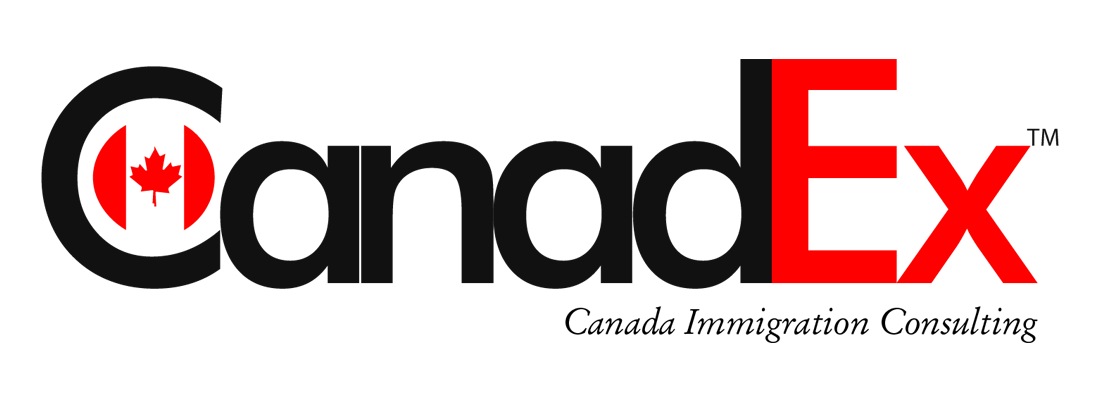In the realm of Canadian immigration, the unification of families stands as a foundational principle. The Immigration Refugees and Citizenship Canada (IRCC) places paramount importance on family reunification within the Canadian immigration landscape. When individuals seek to bring their spouses or partners to Canada through family class sponsorship, a pivotal criterion surfaces – the authenticity of the relationship.
The Intricacies of Genuine Relationship Evaluation
The role of the IRCC in assessing the authenticity of relationships holds significant weight, owing to the potential complexities that can arise. Instances have arisen where foreign nationals endeavor to establish relationships of dubious authenticity with Canadian citizens or permanent residents. This is often pursued with the aim of attaining Canadian permanent resident status. In stark contrast, the sponsor genuinely believes in the legitimacy and commitment of the marriage or partnership.
However, such situations can impose substantial emotional and financial burdens on the sponsor. An undertaking to provide financial support to the partner for a duration of three years from the grant of permanent resident status is mandatory, even if the relationship dissolves during this period. This underscores the gravity of ensuring the authenticity of relationships in the spousal sponsorship process.
Beyond this, scenarios emerge where Canadian citizens or permanent residents may orchestrate a semblance of a relationship with foreign nationals, driven not by genuine affection, but rather by a transactional intent. This includes entering into contrived arrangements in exchange for monetary compensation.
Substantiating Authenticity: The Proof Required
To validate the veracity of a relationship, the spousal or partner sponsorship application must be substantiated with an array of documents. These documents act as pillars of evidence, demonstrating the bona fide nature of the relationship. In instances where an immigration officer requires further confirmation, an interview at an IRCC office could be scheduled. These interviews involve separate interactions with both the sponsor and the applicant, allowing for a comprehensive assessment.
The Crucial Aspects of Proving Authenticity
IRCC mandates that couples, regardless of their sexual orientation, present compelling documentation that attests to the authenticity of their relationship. The nature of documentation varies, contingent on whether the couple is married or in a common-law partnership within Canada.
Married Couples:
For those bound by marriage, an assortment of official documentation is essential, encompassing:
- A completed Relationship Information and Sponsorship Evaluation questionnaire (IMM 5532), integral to the application package.
- A marriage certificate.
- Proof of the marriage’s registration with the relevant government authority.
- Documentation validating divorce, if applicable.
- In cases where the couple shares children, comprehensive birth certificates or adoption records are requisite.
- Additional materials, such as wedding invitations and photographs, contribute to the evidence.
Navigating Recognition Challenges:
Couples whose same-sex marriage lacks recognition in the foreign national’s home country must opt for common-law partnership designation. Situations arise wherein couples, hindered by long-stay visa constraints, qualify as conjugal partners.
Common-law Relationships:
In Canada, an unmarried couple cohabiting in a conjugal partnership for a minimum of one year constitutes a common-law relationship. The documentation requisites align closely with those of married couples, excluding wedding photographs and invitations.
Furthermore, proof of financial support or shared expenses between the principal applicant and sponsor is obligatory. Substantiating recognition by friends and family via letters or social media interactions adds another layer of verification.
Dual Documentation Sets:
Both married and common-law partnerships necessitate the submission of items from at least two distinct document categories, which include:
- Proof of shared residential property ownership.
- Rental agreements reflecting joint occupancy.
- Joint utility accounts, credit card accounts, or bank accounts.
- Insurance documents demonstrating shared address.
- Government-issued papers with matching addresses.
- Cohabitation Confirmation:
- Demonstrating shared living in Canada as conjugal partners can be achieved through:
- Joint financial accounts or credit cards.
- Co-ownership of residential properties.
- Common residential leases and rental receipts.
- Shared utility accounts.
- Mutual management of household expenses.
- Evidence of joint purchases, especially for household items.
- Correspondence addressed to either or both parties at the same address.
- Documents displaying identical addresses, such as IDs and licenses.
- Evidence of collective household responsibilities.
- Evidence Beyond Canada’s Borders:
- For couples not cohabiting in Canada, substantiating past one-year cohabitation involves:
- Communication records, including letters, text messages, emails, and social media interactions (limited to 10 pages).
- Proof of visits by the Canadian citizen or permanent resident partner substantiated with flight tickets, passport copies, or boarding passes. If visits haven’t occurred, the sponsored individual can provide an explanation within the IMM 5532 questionnaire.
In essence, the spousal sponsorship process in Canada mandates a meticulous examination of relationships to ensure their authenticity. Through a comprehensive array of documentation and proofs, the IRCC endeavors to safeguard against instances of fraudulent unions, while nurturing the genuine bonds that underpin family reunification – a cornerstone of Canadian immigration.
Interested in Immigrating to Canada?
